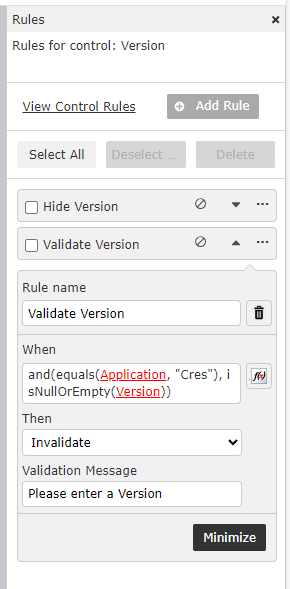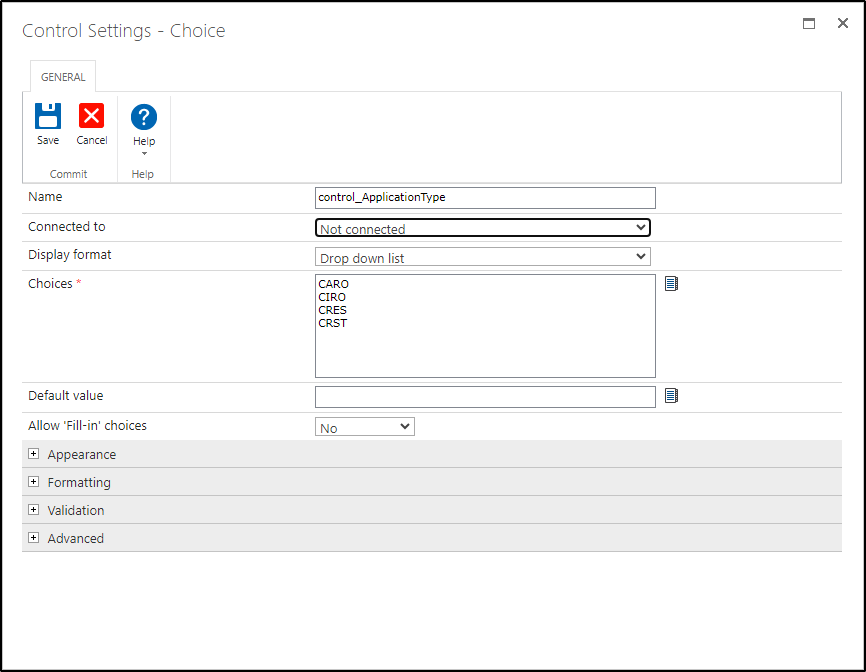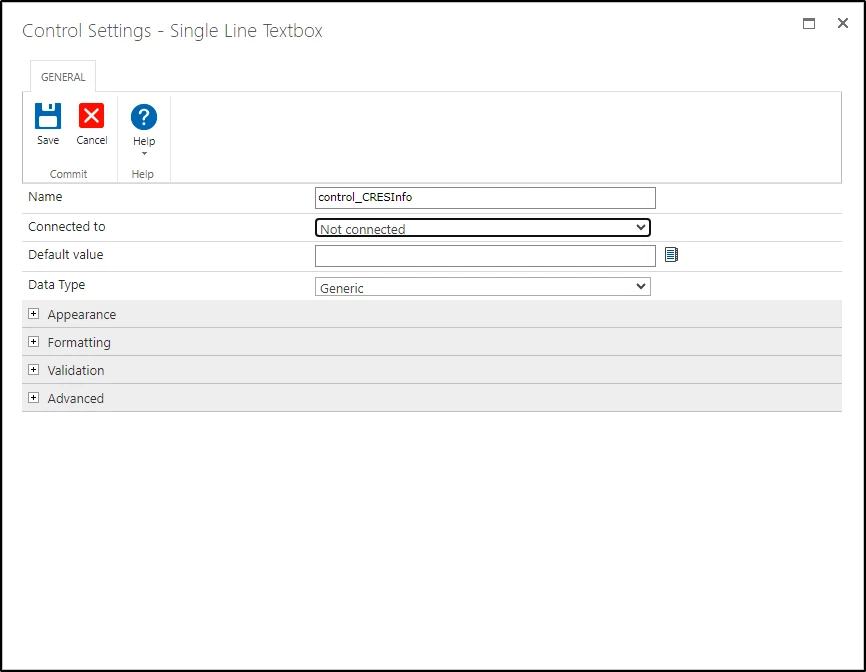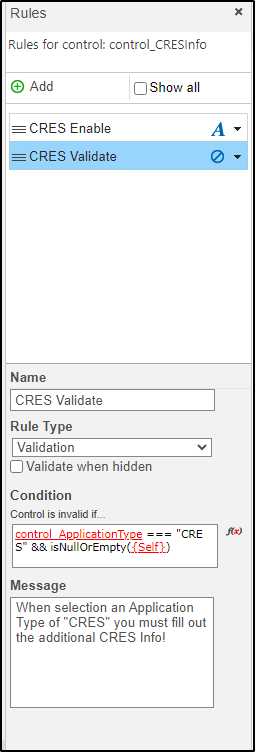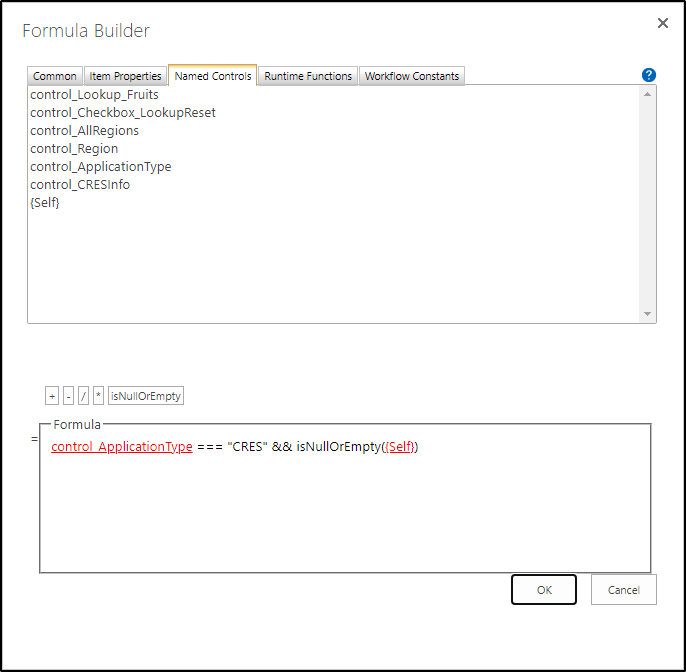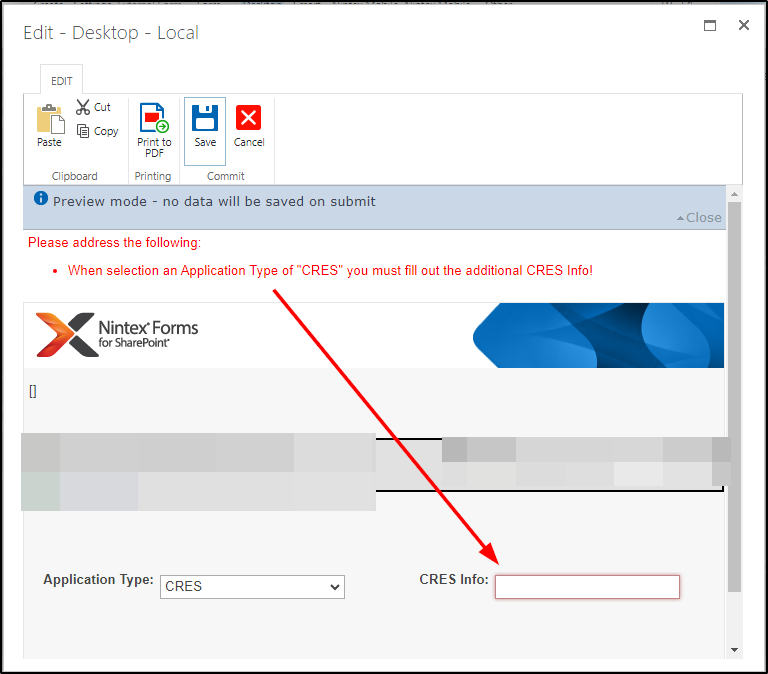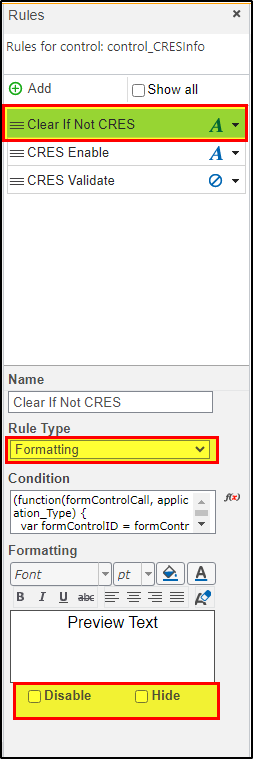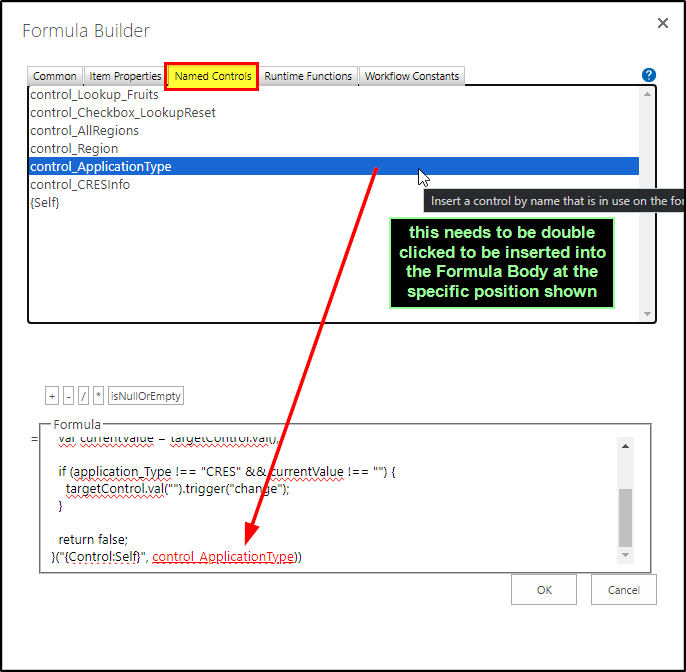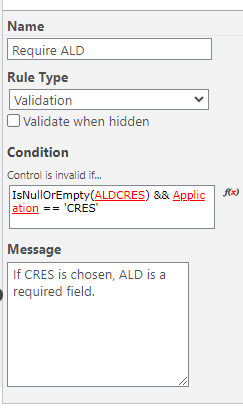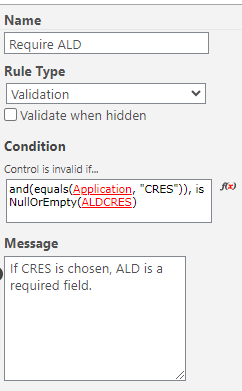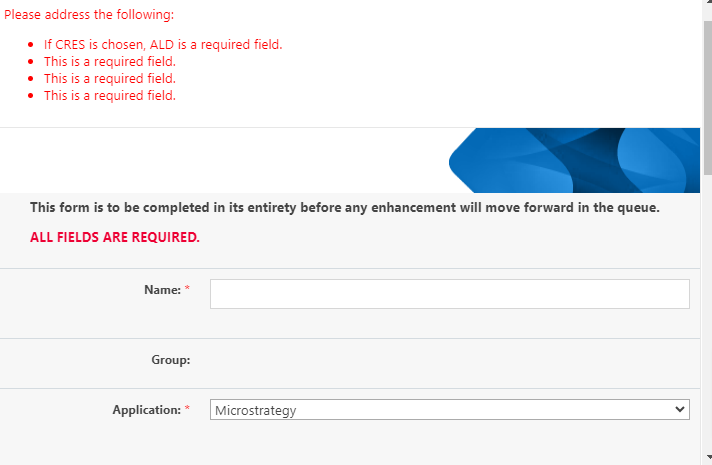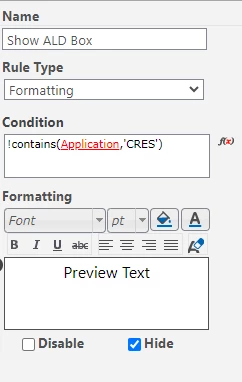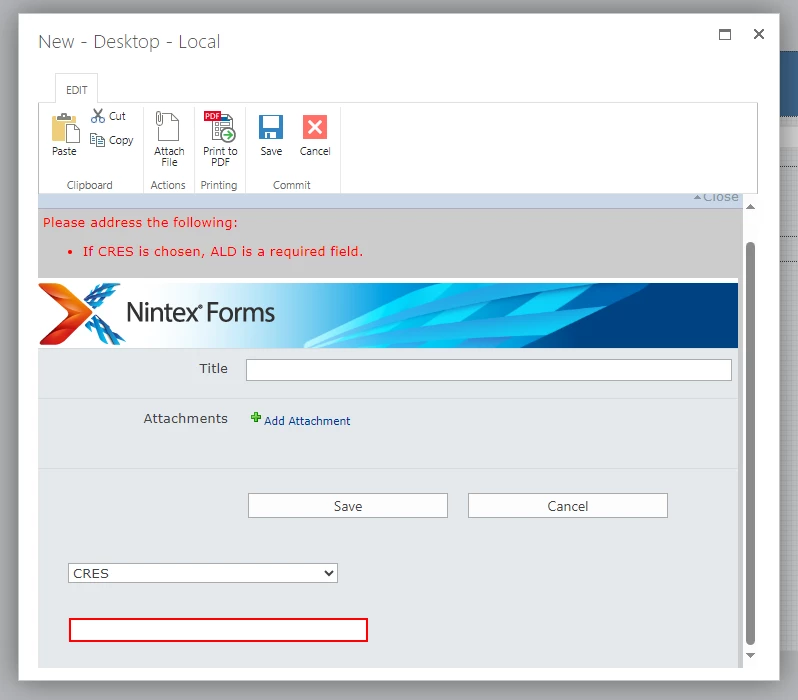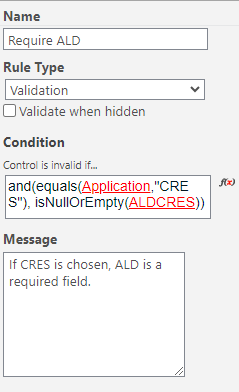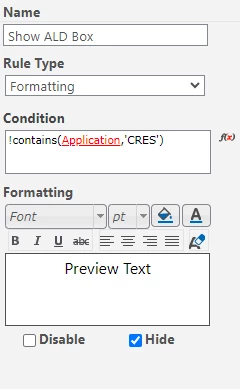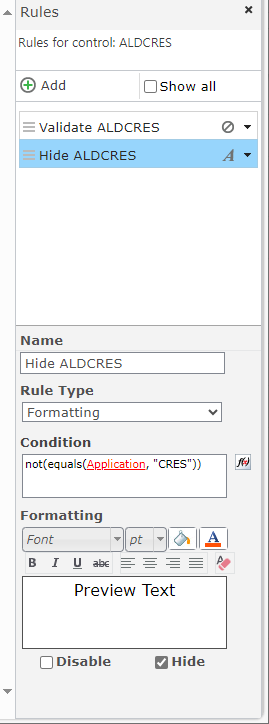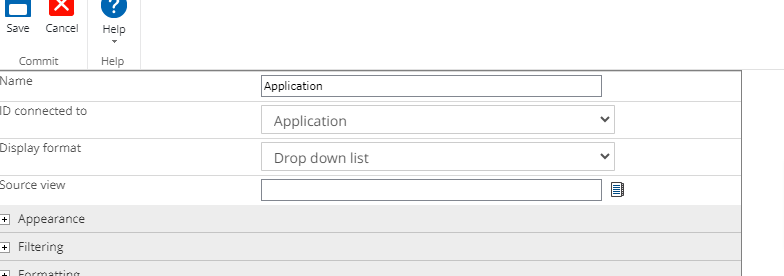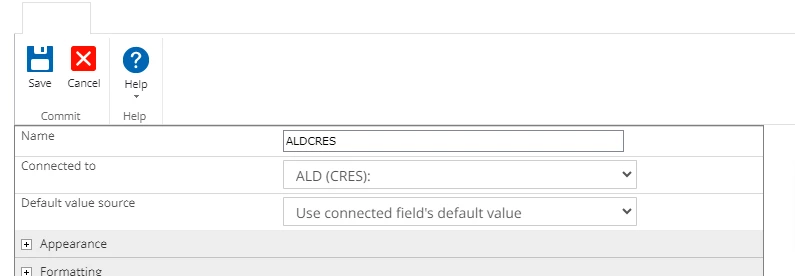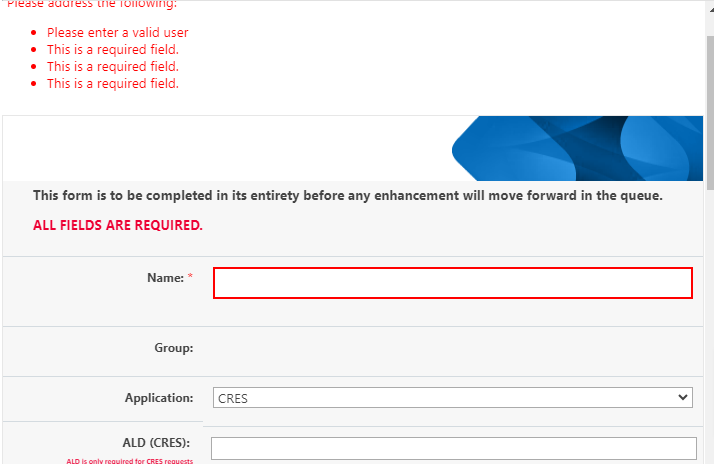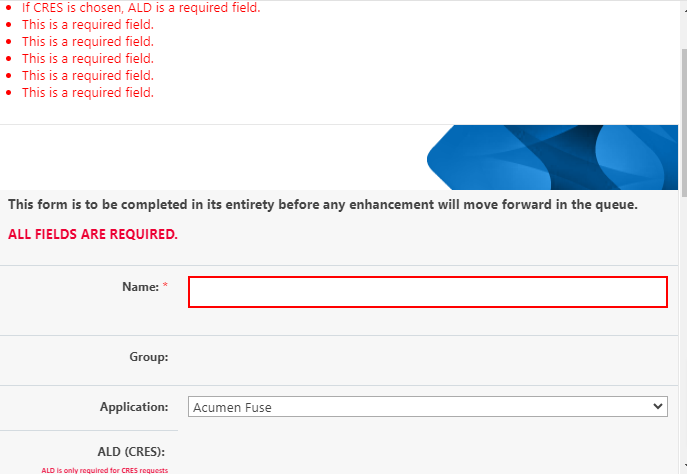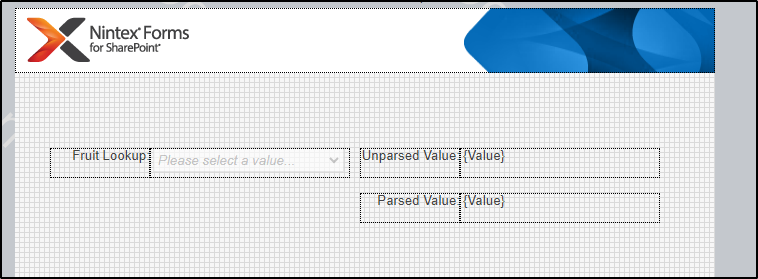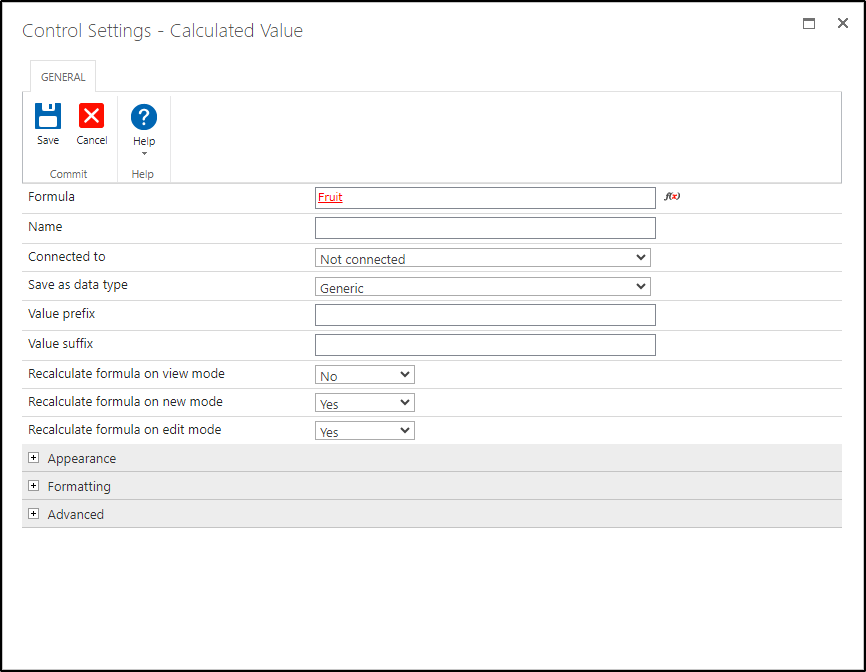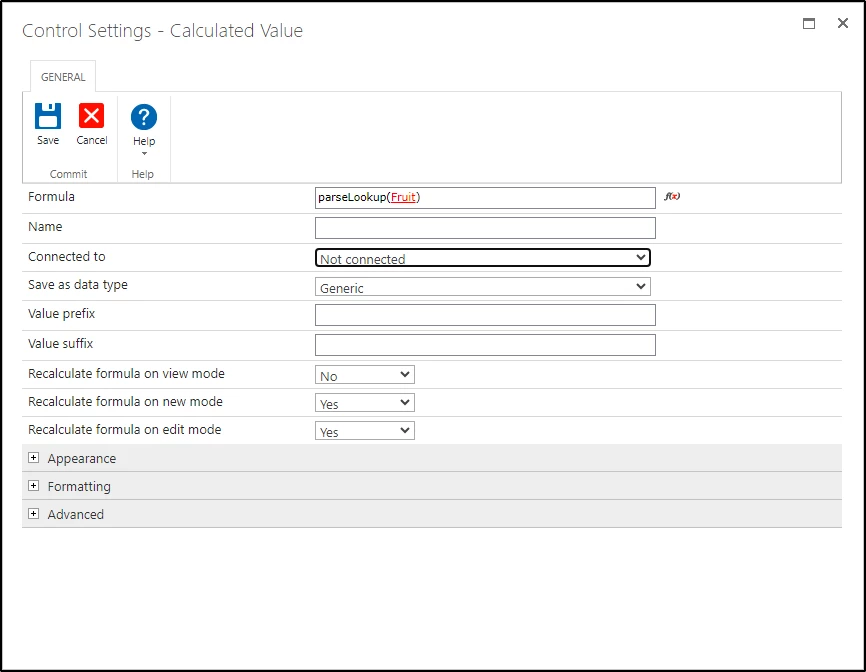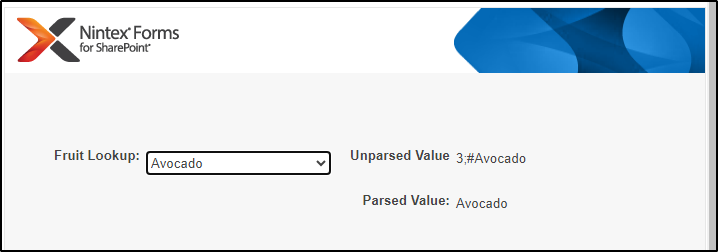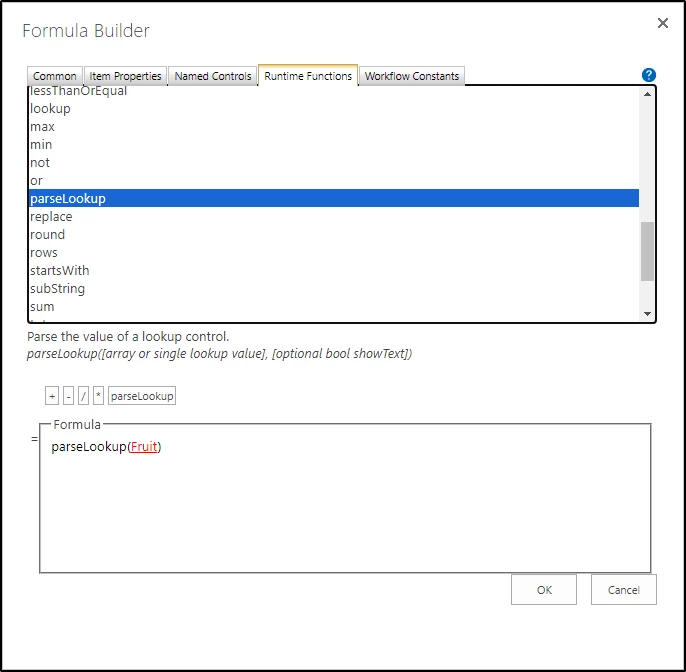I have a form that has a dropdown menu “application” and when a certain item “cres” is chosen there is a formatting rule that shows or hides that text field depending on one certain item. That part works well, but I need required validation for that same item “cres” and field so that if anything else is chosen besides that one item, it is not required, but if that one item “cres” is chosen, that text field is required. The following formula works as far as validating for if “cres” is chosen, but it still validates required if something else is chosen and the field is hidden. What am I missing?
Application != 'CRES' && IsNullOrEmpty({Self})
Dropdown Conditional Required validation depending on item chosen.
 +3
+3Best answer by MegaJerk
what you’re doing there isn’t going to work because it’s not valid code. To be certain, I wasn’t suggesting that you use a Calculated Value in your own work, I was simply using it to visually show you how the runtime function of “parseLookup” worked when dealing with lookup values.
Your code:
not(equals(Application, "CRES"))
Should be:
not(equals(parseLookup(Application), "CRES"))
Likewise, your code:
and(equals(ParsedCresValue(Application),"CRES"), isNullOrEmpty(ALDCRES))
Should be:
and(equals(parseLookup(Application),"CRES"), isNullOrEmpty(ALDCRES))
Please try to ensure that your formulas look similar to what I’ve typed here. Both the word “Application” and “ALDCRES” should be Named References to your Controls in the form, and therefore should be color coded red or given a red outline to represent that.
Other than that, the other text and functions should remain identical to what I’ve posted.
Test, see how it works, if it doesn’t, let us know.
Enter your E-mail address. We'll send you an e-mail with instructions to reset your password.


